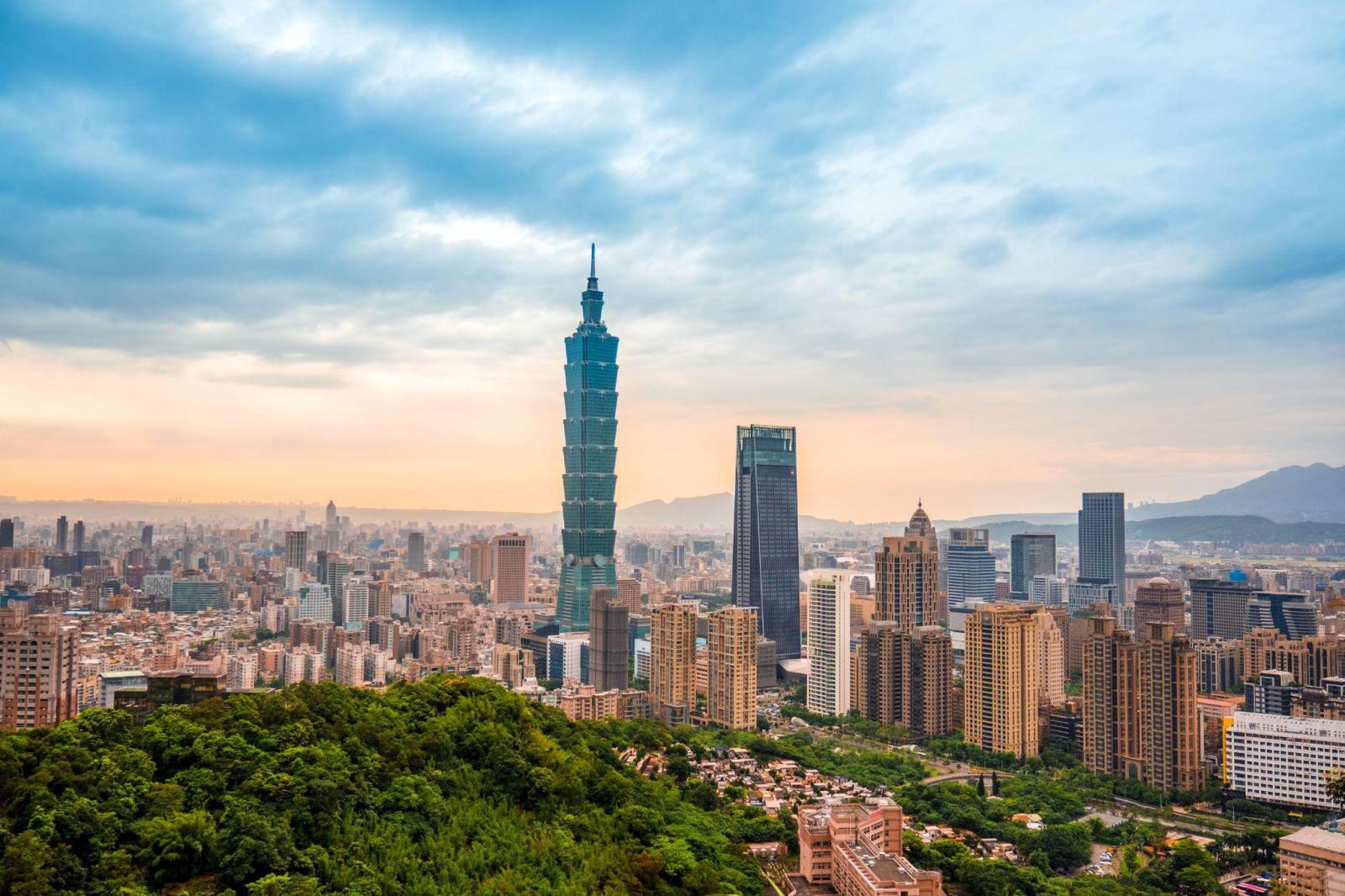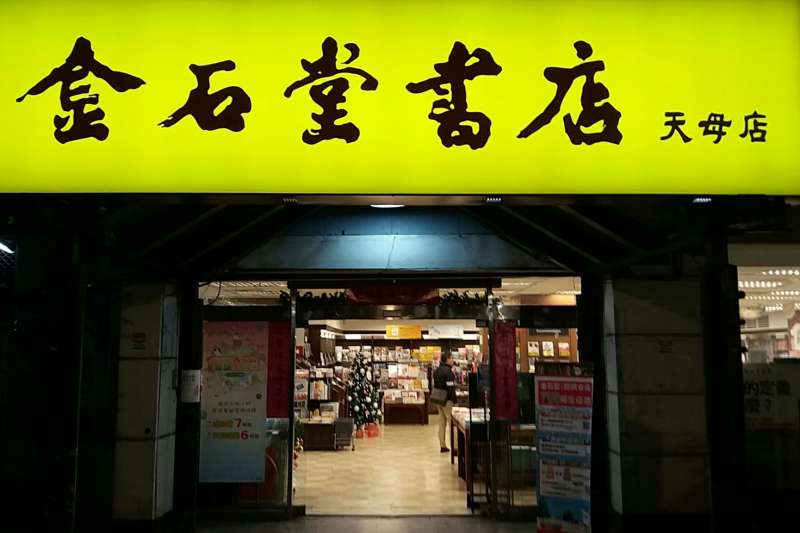Over the past 18 months, Taiwan has appeared frequently in the global news. Escalating cross-straits tensions, the ongoing computer chip shortage, and Taiwan’s exemplary management of the Covid-19 pandemic all featured prominently in newsrooms around the world. Nevertheless, at the Taiwan pavilion we are often asked questions by those who feel they know little about our country and are curious to learn more about it.

Photo: iStockphoto
Taiwan has a population of around 23.5 million people. As of 2021, the GDP per capita is USD $32,123. It places 8th on a list of global competitiveness rankings. The official language is Taiwanese Mandarin. For work written in this language, the Traditional Chinese character set is used (as it is in Hong Kong and Macau). This is distinct from the Simplified Chinese script used in Mainland China, Singapore, and Malaysia. These are important differences to keep in mind when specifying editions and sales territories during the negotiation of rights deals. It is worth noting that conversion between the two writing systems is possible using text-editing software (hence the high rate of licensing exchanges among the Sinophone territories).
As with everywhere else, Covid-19 has left its impact on Taiwan; throughout the pandemic, as readers adjusted to various study and work from home routines, there has been a significant rise in booksellers and publishers working with e-commerce platforms . Podcasts, audiobooks, and eBooks have all grown in popularity. The industry more broadly, however, continues to stagnate. The value of the publishing industry in Taiwan in 2020 was around USD 680 million, a figure which represents a 2.79% year-on-year decrease and a 50% contraction since 2010.
In a difficult environment, Booksellers strive to build brand presences. Many curate online and offline events (e.g., book clubs, lectures, book launches, story-telling sessions, etc.), and others have further diversified their product range to include non-book items as well as offering food and drink services. Publishers, on the other hand, search for engaging content, develop media tie-ins, and strengthen collaborations with social-media influencers in an effort to expand readerships.
Nationwide, there are around 4,700 publishing houses (including government-related institutions and individuals registered to publish). The industry is made up largely of small and medium size businesses; only 45 publishers have the capacity to publish more than 100 new titles per year. According to the National Central Library — the official body responsible for issuing ISBNs — 35,000 new titles were published in 2020. This number is a twenty-year low, and the pattern of decline observed over the past few years has not changed. A reduction in new titles from the large publishing groups has undoubtedly had a significant impact, although the correlation between those reductions and other publishers’ decreasing margins is not entirely clear. Some in the industry are alarmed by the statistics, but others see the situation as an opportunity to reform publishing practices and to think past long-held conventions that “bigger is better.”
Foreign translations make up one quarter of all published titles and are welcomed by readers (as evidenced by their permanent presence on bestseller lists). Acquisitions from Japan remain the most numerous, constituting 55% of 2020’s translated titles. In second and third place are the USA (22%) and the UK (8%). Buy-ins from Korea and China have been trending down slowly; they currently make up around 5% and 3% of the market, respectively.
The top five genres (by number of titles published) in 2020 were:
- Languages/literature: 20.83%
- Social studies: 15.99%
- Art/Lifestyle: 15.53%
- Science: 15.21%
- Children’s Books: 7.86%
There has been a notable (and quite understandable) decrease in the numbers of newly published lifestyle/travel books, as international tourism is for the most part shut down. In their place, categories such as self-help, manga/graphic novels, and textbooks have seen their popularities rise.
The children’s book market is highly competitive but steady. Interestingly, although Taiwan is known for its low birth rate, parents are increasingly willing to spend more on resources to foster their children’s early development.

Photo: https://www.gvm.com.tw/article/75767
There are over two-thousand stores across the country that sell books. Half of these are bookshops; the majority of the other 50% are small vendors who sell stationery and reference books/exam prep tests. Non-traditional outlets such as museums, cafes, and supermarkets are not included in above figures.

Photo: https://meet.eslite.com/tw/tc/news/202102050001
Eslite, one of the few bookstore chains that has been growing in recent years, received significant media attention in 2020 for its decision to permanently close nine branches, including its Dunhua store (famous for maintaining 24/7 opening hours). The business cited the negative effects of the pandemic as a primary reason for the restructuring, and it moved its 24-hr. service to the flagship store located in the Xinyi shopping district near Taipei 101. In the wake of these closures, Eslite has been focusing on opening new types of stores, including pop-up locations and collaborations with art galleries and department stores. Elsewhere, their overseas expansion continues apace: alongside the branch in Suzhou and the franchise branch in Tokyo, additional branches are set to open next year in HK and Malaysia. These new locations will add to the 42 existing Eslite branches in Asia.

Photo: Kingstone Tienmu Branch Facebook Page
Kingstone, another large bookstore chain, likewise announced plans to close branches in 2020. However, the immediate show of support from their fans, which resulted in a dramatic increase in sales at the three chosen stores, meant that the plans were put on hold (although the branches’ futures remain uncertain).
Important e-commerce platforms for the publishing industry include Books.com (part of the Uni President Group conglomerate), Momo, and the Singaporean platform Shopee (a relative newcomer to the market). Amazon does not have an active presence in Taiwan. The never-ending aggressive price competition of books on these platforms has long caused concerns. The standard discount for new titles is 21%, but last year Momo organized 34% sales on all books for several of their one-day-only seasonal promotions; many independent bookstores closed for business for one day in an act of protest. As a point of reference, the average retail price per book without discount is NTD 408 (around USD 14.65).
Shopee operates an interesting model in that it allows both indie and chain retailers to list their products on the platform. Since 2020, many retailers have opened Shopee stores and seen strong growth, with some noting anecdotally that they had seen an unexpected expansion of their readership in parts of the country that they had previously been unable to reach.